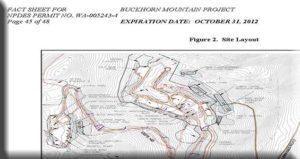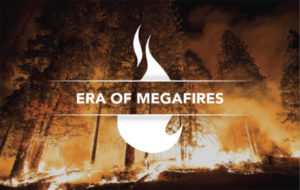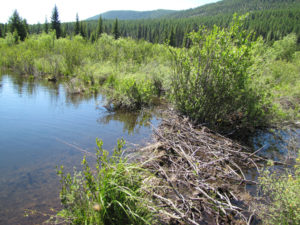Water Quality not improving at the Buckhorn Mine
Mine Seepage Exceeds Permit Limits; Violations Mount
 The 2018 Annual Coordination Meeting at the Buckhorn Mine included a presentation from Dr. Ann Maest, OHA’s consulting aqueous geochemist. Dr. Maest has worked on Buckhorn issues for 25 years and is an expert on the environmental impacts of mining, working on projects internationally. In contrast to the water quality presentation given by Crown Resources, Dr. Maest took a critical look at the previous year’s data. In her presentation, Dr. Maest concluded that, despite ongoing mitigation measures at the mine, water quality was not improving in key locations at the site. The presentation focused on the water quality impacts of two contaminants of concern: sulfate and nitrate.
The 2018 Annual Coordination Meeting at the Buckhorn Mine included a presentation from Dr. Ann Maest, OHA’s consulting aqueous geochemist. Dr. Maest has worked on Buckhorn issues for 25 years and is an expert on the environmental impacts of mining, working on projects internationally. In contrast to the water quality presentation given by Crown Resources, Dr. Maest took a critical look at the previous year’s data. In her presentation, Dr. Maest concluded that, despite ongoing mitigation measures at the mine, water quality was not improving in key locations at the site. The presentation focused on the water quality impacts of two contaminants of concern: sulfate and nitrate.






